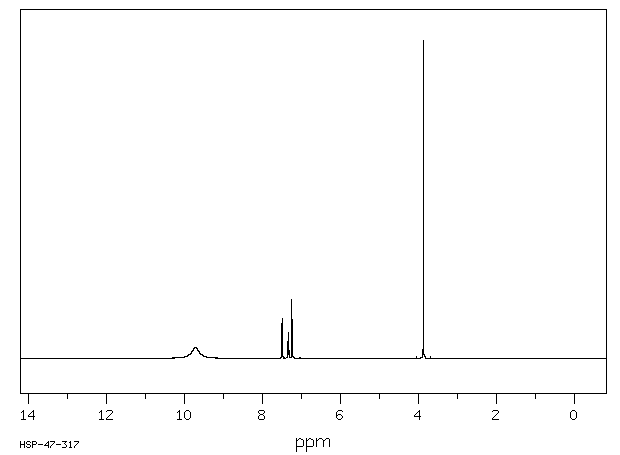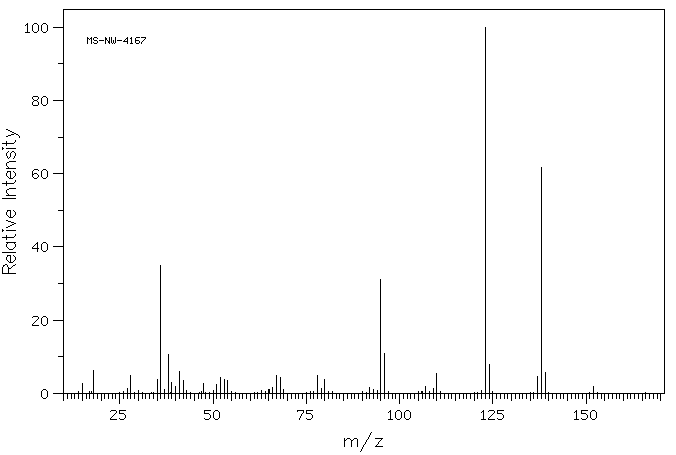代谢
2,4-二氨基(环-U-14C)苯甲醚2HCl通过腹腔注射给大鼠后,主要通过尿液排泄(24小时和48小时内分别占剂量的79%和85%)。粪便中的同位素分别为24小时和48小时剂量的2.1%和8.9%。主要的代谢途径是氨基团的乙酰化,产生4-乙酰氨基-2-氨基苯甲醚和2,4-二乙酰氨基苯甲醚。氧化途径产生了2,4-二乙酰氨基酚(O-去甲基化)、5-羟基-2,4-二乙酰氨基苯甲醚(环羟基化)和2-甲氧基-5-(甘氨酰胺)乙酰苯胺或其异构体(ω-氧化)。这些主要代谢物以自由形式和葡萄糖醛酸结合物形式通过尿液排出。
2,4-Diamino(ring-U-14C)anisole 2HCl administered i.p. to rats was excreted chiefly via the urine (79 and 85% of the dose in 24 and 48 h, respectively). The isotope in the feces was 2.1 and 8.9% of the dose at 24 and 48 h. The major metabolic pathway was acetylation of the amine group(s), resulting in 4-acetylamino-2-aminoanisole and 2,4-diacetylaminoanisole. Oxidative pathways yielded 2,4-diacetylaminophenol (O-demethylation), 5-hydroxy-2,4-diacetylaminoanisole (ring hydroxylation) and 2-methoxy-5-(glycolamido)acetanilide or its isomer (omega-oxidation). These major metabolites were excreted in the urine as free and glucuronic acid conjugates.
来源:Hazardous Substances Data Bank (HSDB)









